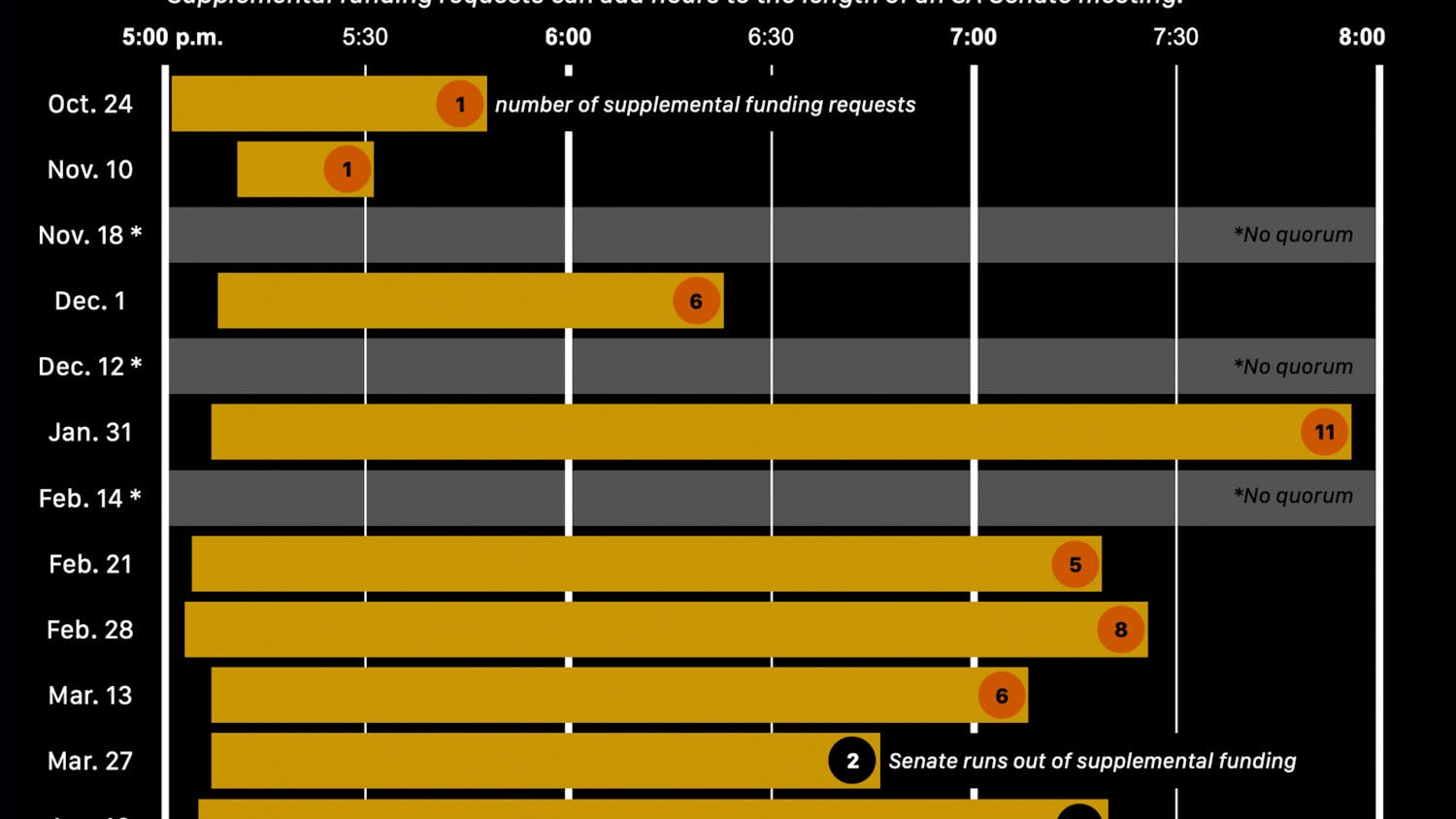Samiha Islam is no stranger to stress – and most of it has come from trying to find ways to pay back her student loans.
Islam, a junior biomedical engineering major, saw how much debt she was accumulating and started working two jobs to help pay it off before she graduates.
But Islam isn’t alone. According to college data website College Factual, 48 percent of UB undergraduates have taken out loans.
As the cost of tuition continues to rise across colleges and universities nationwide, student loans are becoming all the more necessary. The average national student loan debt is $28,400, according to the Institute for College Access and Success, while UB’s average student debt at graduation is $21,228.
“UB strives to offer students a high-quality education at an affordable price, and I think our below average student debt loans and student loan default rate are evidence that we are succeeding in that goal,” said John Gottardy, UB director of financial aid.
The NYSUNY 2020 legislation, passed in 2011, holds that a predictable tuition program would assist students and families in their financial planning process. This tuition measure will only allow UB to increase tuition by $150 each semester, in theory allowing students and families to plan ahead for tuition hikes.
In January, Governor Andrew Cuomo proposed improving the higher education system by forgiving student loans for recent college graduates living within New York State. Cuomo also propositioned to provide free college tuition for students who commit to teaching after receiving their degrees and increasing expenditures by $50 million within the SUNY system.
On Monday, President Barack Obama announced changes in the federal aid filing process for college students. Beginning in fall of 2016, high school seniors can begin to apply for loans in October – three months earlier than the current date.
President Obama visited UB in August 2013 and proposed a new rating system, in which federal tax dollars would be directed toward institutions for students based on factors such as student loan debt.
But current college students are still struggling.
Terika Pereira, a sophomore nursing major, said she is taking out all of her federal student loans and her current balance is approximately $6,000.
“I plan on going to graduate school, so I know that I will have a higher income so paying off loans shouldn’t be troublesome,” Pereira said. “Even as a sophomore in college, I’m already looking into different programs for loan forgiveness.”
Pereira said she would attempt to pay off her student loans prior to graduating.
Demetria Anderson, a sophomore medical technology major, said she is currently not taking out loans but witnessed the burden loans can create from her sister, who graduated from SUNY Buffalo State in 2013.
“My sister is in a lot of debt because of loans and it dragged her credit score way down,” Anderson said.
SUNY Buffalo State tuition costs around $7,347 per year, according to its website.
The possibility of having debt doesn’t phase some students.
Justin Hollins, a sophomore business major, isn’t concerned about student loans. Hollins said his parents pay for his entire tuition, so student loans are not burden for him at all.
“We recognize that student debt is an important issue for many of our students, and we are always working to improve the ways in which we assist students and their families with financial planning,” Gottardy said.
One innovative step UB has taken is offering the Finish in Four program, which provides students with the support they need to graduate in four years, which can help limit debt, Gottardy said.
The Finish in Four program, which launched in 2012 and is being adopted by SUNY, provides students with enhanced support throughout their entire undergraduate career. UB’s four-year graduation rate has increased from 39 percent in 2007 to 52.6 percent in 2015, which exceeds the national average of 36 percent.
Gottardy said UB also offers competitive need-based and merit-based aid to students, awarding $3.5 million annually in undergraduate merit scholarships.
Ashley Inkumsah is a news desk editor and can be reached at ashley.inkumsah@ubspectrum.com





